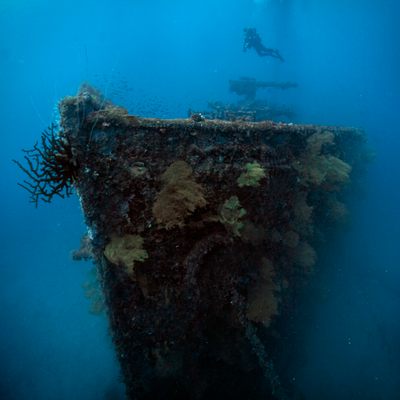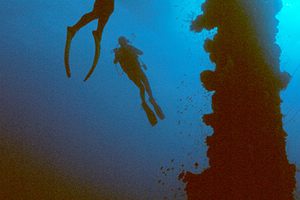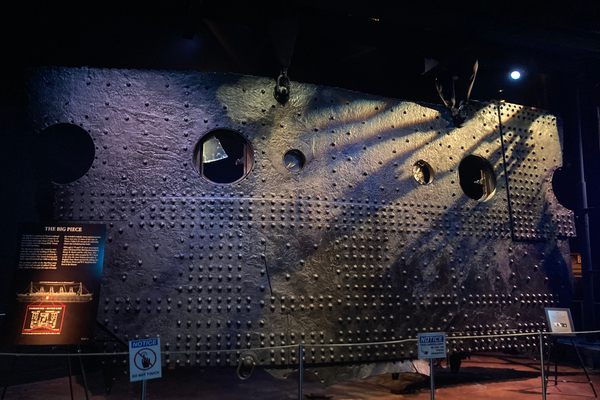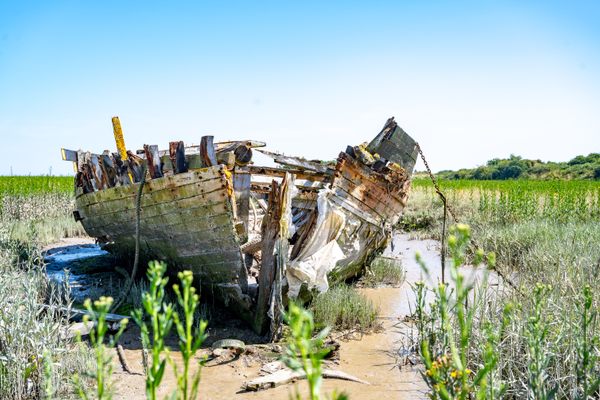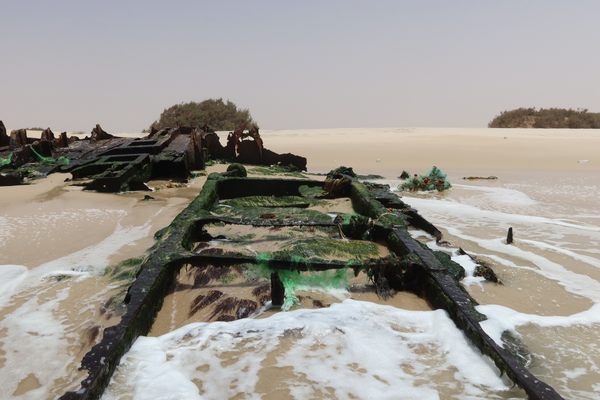About
For two days in 1944, Allied bombers rained destruction on the beaches of the Caroline Islands in the South Pacific.
During World War II, the lagoon was host to Japan's Imperial Fleet, which was left destroyed in the wake of Operation Hailstone, often referred to as Japan's Pearl Harbor. Today, hundreds of Japanese aircraft and other military machines remain at the bottom of the lagoon, making it one of the world's best World War II wreck dive sites.
The islands were once part of the Spanish West Indies, explored by Magellan and later visited by Spanish merchants and missionaries. The low coral islands are surrounded by a remarkable, sheltered reef—ideal for housing a navy.
On February 17, 1944, five fleet carriers and four light carriers, along with support ships and some 500 aircraft, descended on the islands in a surprise attack. Just a week before the attack, the Japanese military had moved additional ships to the area, and, as a result, approximately 250 Japanese aircraft were destroyed and more than 50 ships sunk. An estimated 400 Japanese soldiers were killed in one ship alone, trapped in the cargo hold. Most of the fleet remains in exactly the same spot it was left, largely forgotten by the world until the late 1960s.
Jacques Cousteau's 1969 film Lagoon of Lost Ships explored the wreck-littered lagoon, and many of the sunken ships were then still full of bodies. As wreck divers brought attention to the site, Japan began recovery efforts, and many bodies have been removed and returned to Japan for burial. A few, however, remain.
Many of the wrecks are visible through the shallow, clear water, making it an accessible dive. The wrecks themselves can be very dangerous, not only because of ragged edges and tangles of cables but because of half-century old oil and fuel leaking into the water, creating a potentially dangerous situation.
Up until the 1990s, the lagoon was known at Truk, but it is now called Chuuk. Many maps still show both names.
Related Tags
Community Contributors
Added By
Published
July 9, 2013
Sources
- Pacific Wrecks Review: The Undersear World of Jacques Cousteau: http://www.pacificwrecks.com/reviews/cousteau.html
- Pacific Wrecks Review: Truk Lagoon: http://www.pacificwrecks.com/provinces/truk_lagoon.html
- http://www.slate.com/blogs/atlas_obscura/2013/11/21/chuuk_truk_lagoon_is_filled_with_the_remains_of_japanese_world_war_ii_ships.html









